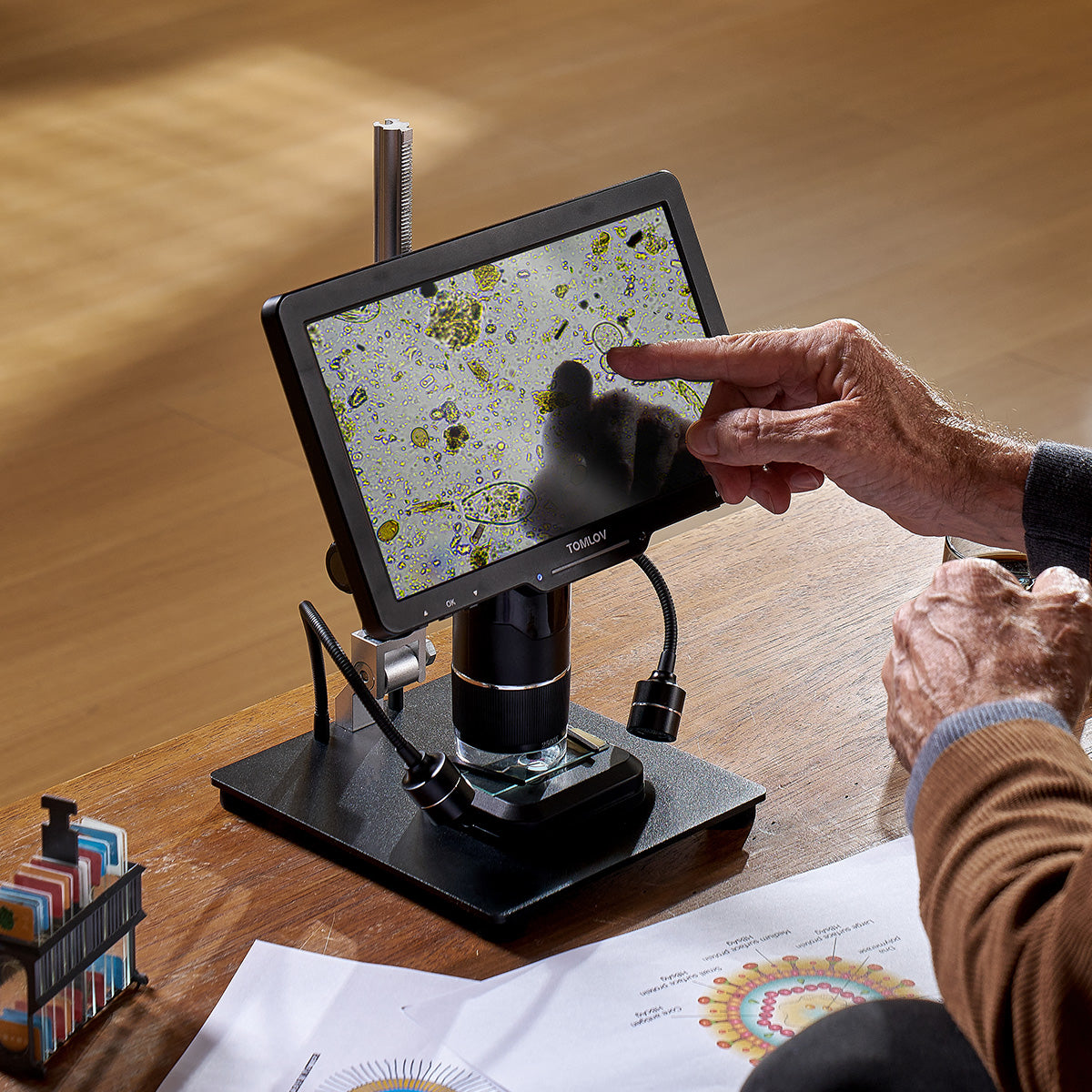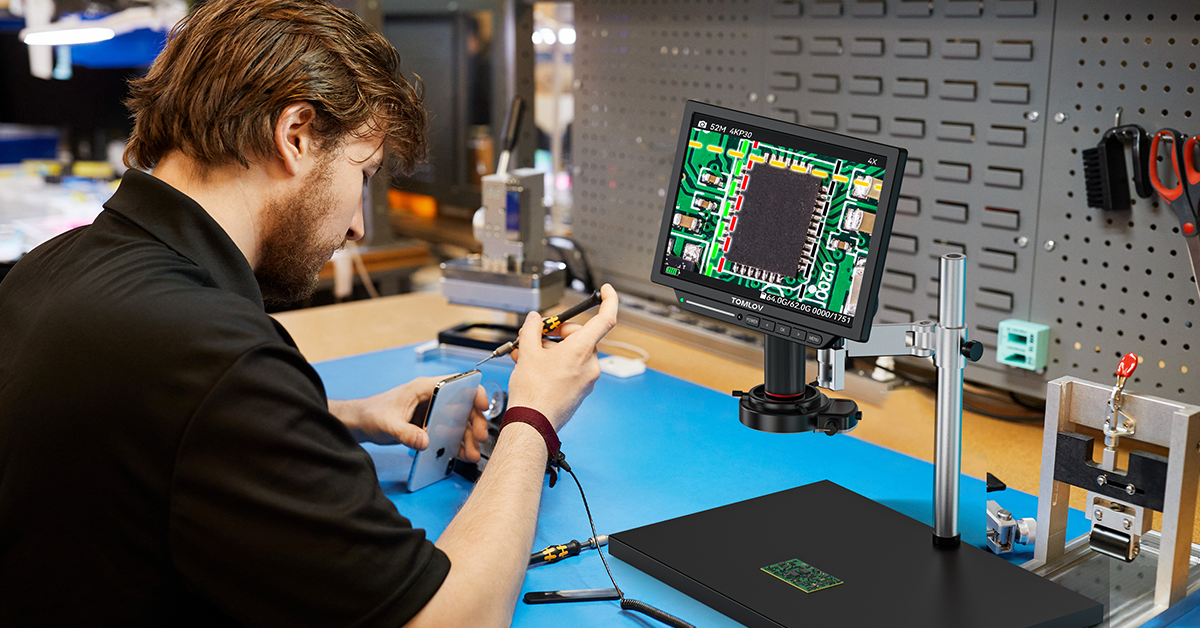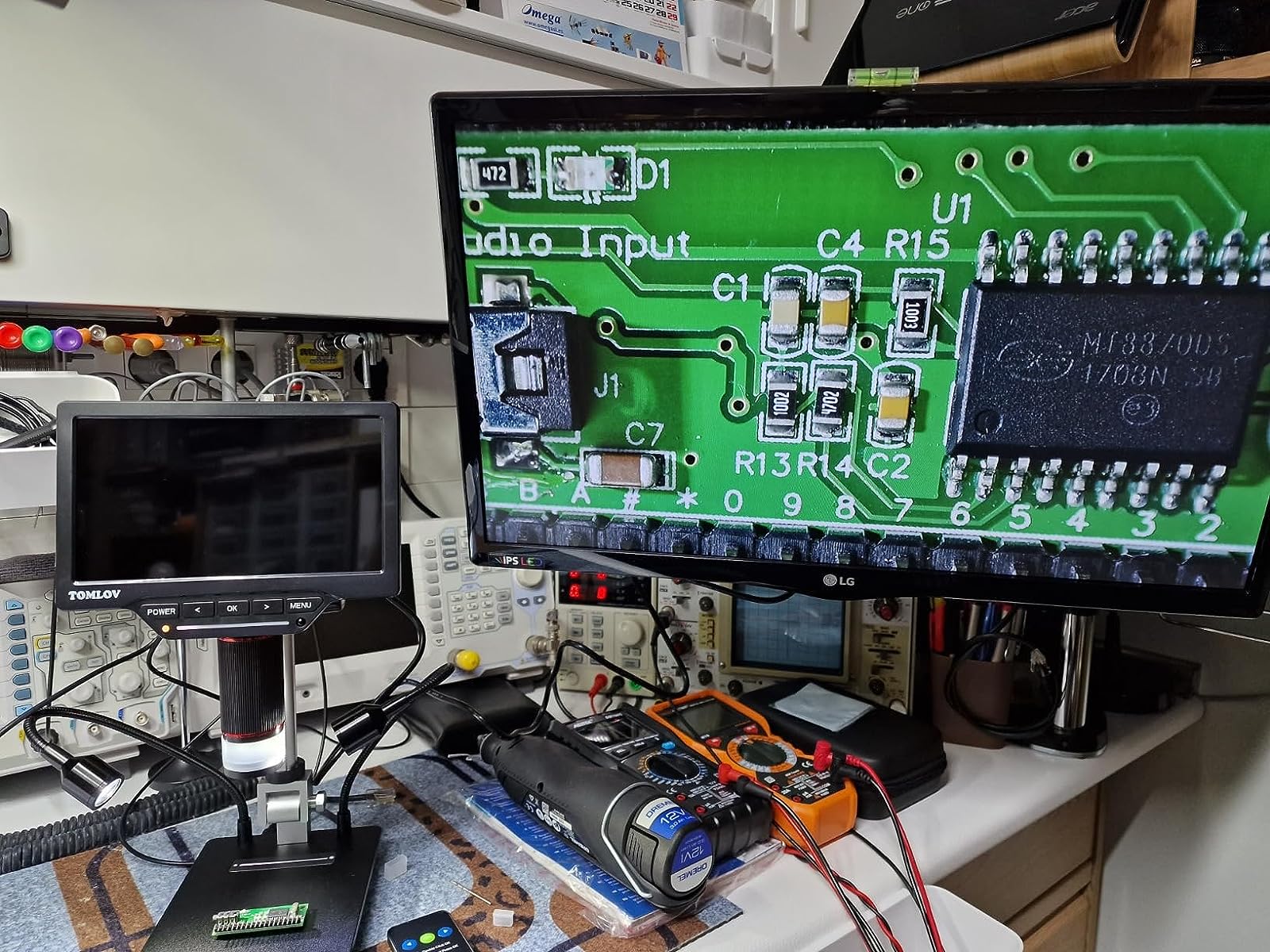Understanding the Digital Microscope: A Comprehensive Overview
The Fundamentals of Digital Microscopy Technology
Digital microscopes blend optics with digital tech. They use cameras to send magnified images to screens. This lets you see tiny details not visible to the naked eye. Unlike traditional microscopes, there's no eyepiece. Images can be saved, shared, and analyzed on computers. They suit many fields, from science to manufacturing. With their ease of use, they're changing how we view the micro world.

How Digital Microscopes Have Revolutionized Scientific Research
Digital microscopes have transformed scientific research by providing clarity and precision. With high-resolution imaging and real-time data sharing, researchers can explore samples with unprecedented detail. These microscopes enable vast data storage and sophisticated analysis. Collaborative projects flourish through the ease of image sharing between global teams. Digital microscopes have thus catapulted science into a new era of discovery, allowing for explorations that were once deemed impossible.
Key Features that Set Digital Microscopes Apart from Traditional Microscopes
Digital microscopes offer unique features that traditional ones can't match. First, they come with built-in cameras. This allows for live viewing on monitors and easy image capture. Zoom capabilities are often greater with digital models. This lets users magnify objects more without losing clarity. Another key feature is the software. It provides image analysis, measurements, and more. Lighting is also improved. Many have LEDs that give consistent, adjustable light. Digital microscopes are more user-friendly too. They have simpler setups and often connect to computers or networks. Lastly, some can be used as handheld devices. This offers flexibility in viewing specimens from any angle.
Advantages of Digital Microscopes in Various Industries
Enhancing Quality and Efficiency in Manufacturing
Digital microscopes are changing manufacturing quality and efficiency. Their high-resolution imaging allows precise inspections of tiny elements. Complex parts can be analyzed faster with less human error. Errors are easier to spot with digital magnification, so problems are fixed quickly. They support real-time sharing of images. This feature improves collaboration across teams and locations. Digital microscopes help companies maintain high standards and stay competitive.
Digital Microscopes in Educational and Research Institutions
Digital microscopes have greatly impacted educational and research institutions. They offer vital benefits like high-resolution imaging and ease of use. Students and researchers can share their findings with ease due to the digital format. This leads to improved learning and collaboration. Here are some ways these devices are used in such settings:
- Enhanced Visualization: Providing clear images of microscopic subjects.
- Real-time Sharing: Facilitating immediate feedback and discussion in classrooms or seminars.
- Data Storage: Allowing the storage of images and videos for future reference.
- Portability: Making it easier to set up impromptu learning sessions anywhere.
- Interdisciplinary Use: Beneficial for biology, materials science, and more disciplines.
Multi-purpose in Home DIY Soldering, Coin Collecting, and Kids Exploring
Digital microscopes are not just for labs and classrooms. They're great at home too! For DIY soldering, they offer clear zoom for precise work. Coin collectors use them to inspect and appreciate fine details. Kids love exploring tiny worlds, from bugs to leaves, with them. They're easy to use and often connect to computers or phones. This makes learning and hobbies both fun and educational. Truly, digital microscopes are versatile tools for the home!
The Future of Digital Microscopy: Trends and Predictions
Technological Innovations Shaping the Next Generation of Digital Microscopes
The future of digital microscopy is vibrant with technological innovations. These innovations are driving the next generation of these essential tools. With enhanced imaging techniques, microscopes now offer better resolution and faster processing. We are seeing digital microscopes with advanced sensors for clearer images, and new feature autofoucs. Improved software allows for more accurate analysis and easier data sharing. 3D reconstruction capabilities give a new dimension to microscopic data. These advancements lead to new possibilities in diverse fields, like medicine and nanotechnology. The integration of automation and AI is set to redefine microscopy. We can expect smart microscopes that adjust settings for optimal results. The rise of portable digital microscopes is making high-quality imaging more accessible. Each innovation opens doors to discoveries and efficiencies that were once out of reach.
Adapting to the Changes: Preparing for the Rise of Digital Microscopes in the Microworld
As digital microscopes grow more common, readiness is vital. Users should adapt and prepare for enhanced use in various fields. Essential steps include training to master new features, keeping abreast with tech trends, and investing in equipment updates. Simplifying complex processes will be crucial for wider adoption. The rise of digital microscopes will also demand rethinking current practices to integrate advanced imaging capabilities. Preparing now ensures a smooth transition to this innovative era in microscopy.




Leave a comment
All comments are moderated before being published.
This site is protected by hCaptcha and the hCaptcha Privacy Policy and Terms of Service apply.